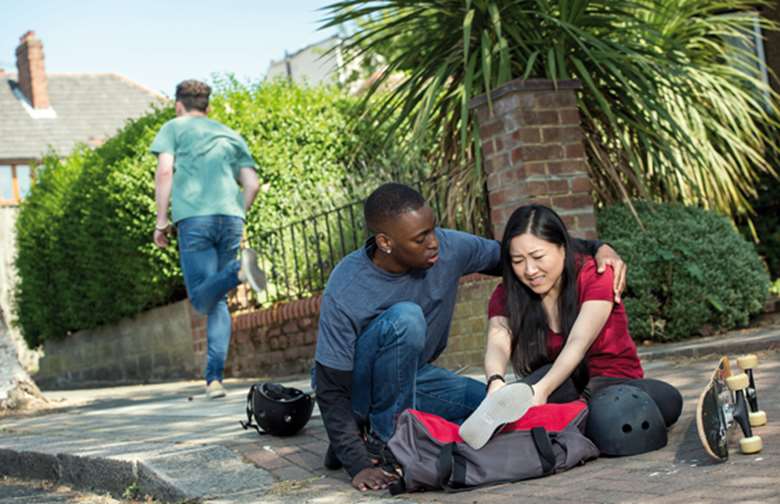Skills for the Job: Teaching first aid to children
Hannah Taylor
Tuesday, March 1, 2016
Teaching first aid to young people can boost their confidence and life skills, and many resources do not require prior knowledge.

What are the benefits of teaching first aid?
First aid is an essential life skill that equips young people with the confidence, willingness and ability to step in and act in a first aid emergency. Children as young as six can learn basic first aid, including how to recognise an emergency and call for help. First aid education is also an effective way of building decision-making and teamwork skills, and boosting self-esteem.
How is first aid best taught to young people?
First aid has links to many subjects, meaning it is flexible enough to be taught in various ways and can be easily incorporated into formal lesson plans, after school sessions and youth club activities.
Many first aid resources do not require any previous knowledge of first aid, allowing educators to use the materials provided to easily tailor the learning for different abilities and age groups.
The British Red Cross's First Aid Learning for Young People is a free teaching resource for use with 11- to 19-year-olds that is easy to access online and is designed for educators to choose from a range of activities and content such as films, images, case studies and evaluation tools.
With 16 different first aid skills for educators to pick from, young people can learn a wide range of first aid skills, from treating a burn to knowing what to do if someone is unconscious and not breathing.
How can youth professionals make first aid more interactive for young people?
First aid supports the principles of youth work by starting from where young people are, building their confidence and enabling them to make a positive contribution to society. By using their creativity and participative learning techniques, youth workers are well placed to engage young people with learning first aid.
By using role play, youth workers can engage young people in active, scenario-based learning while supporting them to explore their feelings on the issue.
What are the common pitfalls to avoid?
Professionals do not need training or experience to teach first aid. There are plenty of resources available that do not require any prior knowledge and which have been designed to be easy to use.
Many common household items can be used in an emergency if there is no first aid kit available - for example, a T-shirt can be used to put pressure on a bleeding wound.
Where can professionals turn for more advice and support?
The British Red Cross offers a range of ways to learn first aid. Information can be obtained by contacting the youth education support centre on youtheducation@redcross.org.uk or 0844 412 273.
Other services provided include free first aid apps, training courses and education sessions for schools and youth groups. For more information, see www.redcross.org.uk.
TOP TIPS
- Make first aid learning inspiring and interactive
- Support young people to engage with the activities, and share their experiences and ideas
- Use realistic scenarios
- You do not need a first aid kit to teach first aid
By Hannah Taylor, product manager, online learning education, British Red Cross




